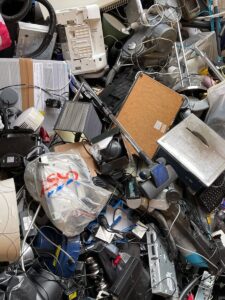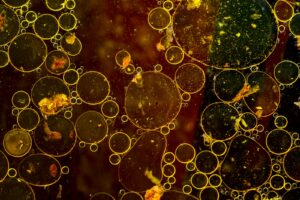Climate change weakening ocean’s ability to soak up CO2
Climate change may be weakening the ocean’s ability to soak up CO2, removing what scientists call a ‘powerful brake’ on the greenhouse effect.
Currently, the world’s oceans remove around 15% of the CO2 that is released into the atmosphere each year, largely due to photosynthetic plankton that absorbs carbon into their bodies.
When the plankton die, they sink towards the bottom of the sea, carrying the carbon with them.
Some are eaten by aerobic bacteria who breathe in oxygen and exhale the CO2, which ends up back in the air, with the rest sinking to the bottom of the sea, locked in the oxygen minimum zone (OMZ), where bacteria cannot live.
The study, published in Proceedings of the National Academy of Sciences studied nutrient-rich waters off the coast of Peru and largely infertile waters in the central ocean called the South Pacific Gyre.
It found as the oceans warm, the OMZ becomes higher, with bacteria consuming more carbon at shallower depths than previously believed – and they expect the problem to worsen as temperatures rise.
‘The results are telling us that warming will cause faster recycling of carbon in many areas, and that means less carbon will reach the deep ocean and get stored there,’ said study co-author Robert Anderson, an oceanographer at Columbia University’s Lamont-Doherty Earth Observatory.
Up to now, many scientists have thought much of the plankton makes it through the OMZ but researchers now believe a much smaller percentage makes it this far.
However, they added that physical and chemical reactions ‘independent of biology’ are responsible for how carbon operates between atmosphere and oceans, and these processes could interact with the biology in ‘complex and unpredictable ways.’
Photo credit – Pixabay















